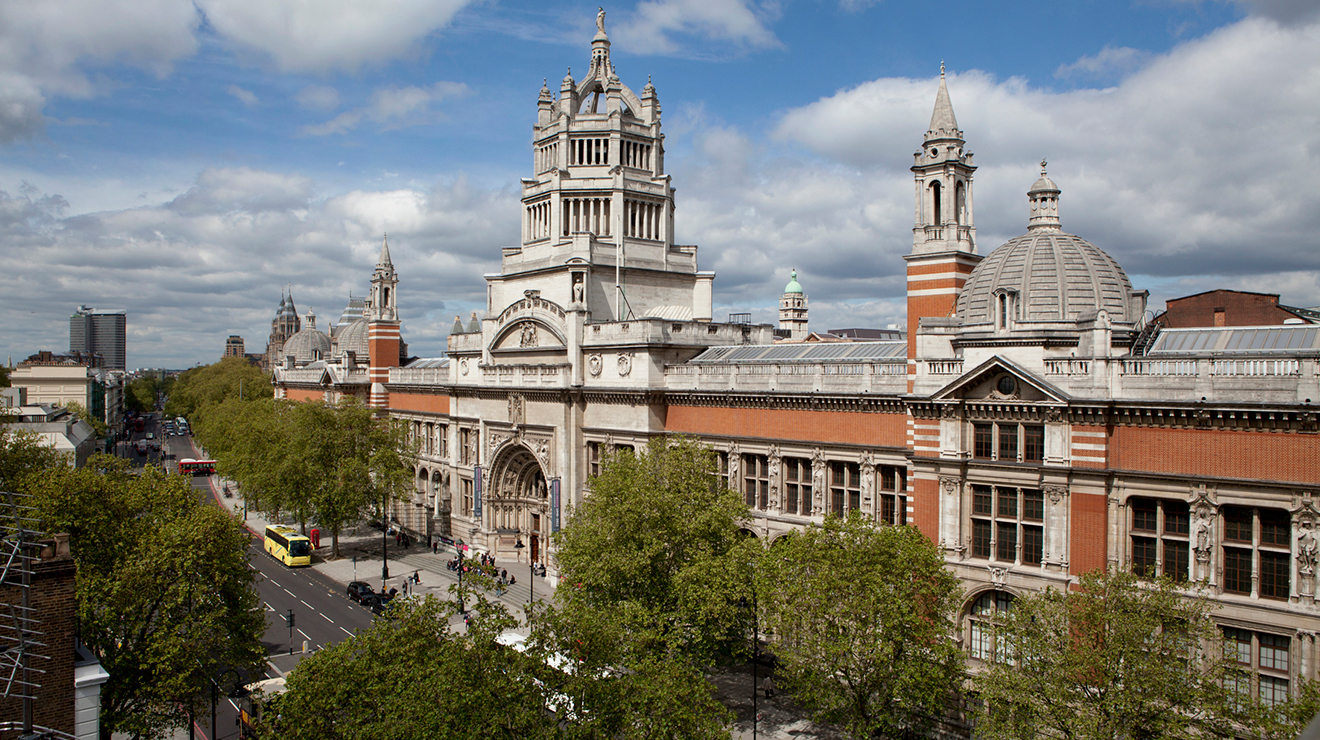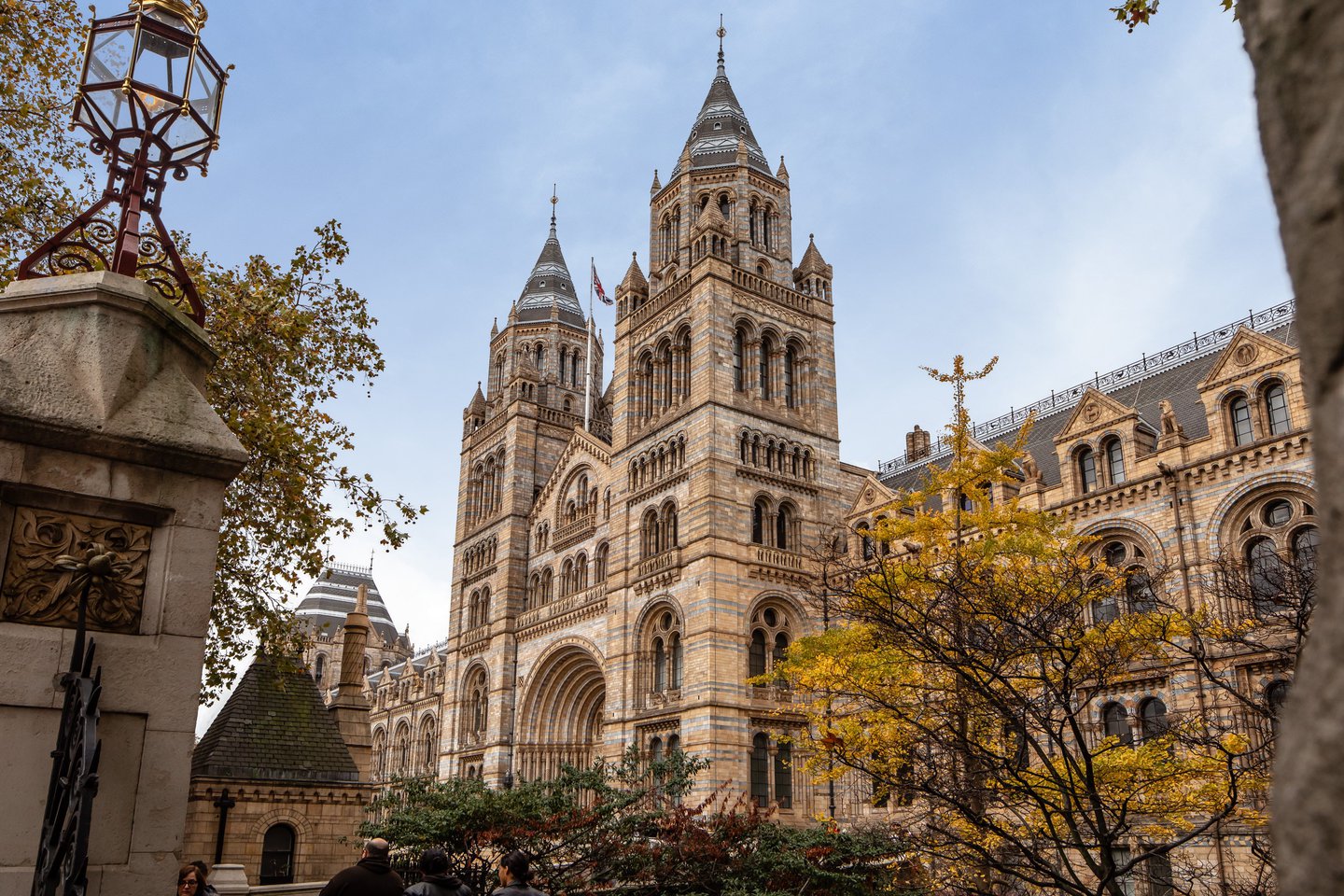- Published on
Exploring the V&A Museum

Table of Contents
Neighborhood & Museums
In the mid-19th century, London experienced a cultural renaissance with the creation of a museum and cultural district known as 'Albertopolis.' This transformative project was the brainchild of Prince Albert, husband of Queen Victoria, and was funded by the profits from the 1851 Great Exhibition held in Hyde Park.
The ambitious project aimed to establish a vibrant cultural hub in Kensington, an area that was mainly fields and gardens at the time. The urban plan featured a simple orthogonal grid with a main north-south axis, now called Exhibition Road. As a result, several iconic institutions were founded, including the Victoria & Albert Museum, the Natural History Museum, the Science Museum, Imperial College, the Royal College of Music, the Royal College of Art, and the iconic Royal Albert Hall.
To finance this grand vision, the government leased land south of Hyde Park, owned by the Crown, for high-quality speculative housing. This new residential area became known as South Kensington, and its land values soared when the underground railway arrived in the late 1860s.
The Progressive Natural History Museum
The Natural History Museum is a unique and groundbreaking institution that defied conventional thinking when it was first established. During a time when the Christian view of creation was dominant, the museum's presentation of the natural world as it truly exists was seen as highly controversial.
The museum's Renaissance terracotta construction is a testament to the grandeur and beauty of the natural world. Its intricate decoration showcases the diversity of life on Earth and emphasizes the order that exists within it.

One of the most striking features of the museum is the terracotta images of animals, insects, snakes, monkeys, apes, and more. These images represent the diversity of life on Earth, and they are organized according to categories such as mammals at the top, followed by lower life forms, extinct animals, and living animals.
In the central display, powerful images of animals surround an image of Adam, who is placed at the center to signify the pinnacle of God's creation. This arrangement serves as a reminder that humans are considered to be the highest form of life according to the Bible. These representations not only showcase the vastness and complexity of nature, but also reinforce the notion that there is a natural order to the world.
During the 19th century, there was a significant controversy as the literal truth of the Bible was challenged by new scientific discoveries, with Charles Darwin's work playing a pivotal role in this debate. The British Natural History Museum captures this moment in history and highlights the ongoing conversation about the relationship between science and religion.
Idea vs. Authenticity
In museums, authenticity means displaying original objects that are directly connected to history. However, replicas or similar objects that convey the same idea can also be used to represent cultural and historical significance. Thus, the authenticity of an object is not always the only consideration when choosing objects for display. Non-authentic objects can also play a crucial role in conveying the historical and cultural context of an exhibit.
In summary the non authentic objects often have the power of providing insightful experiences that you might not even get from the authentic objects.
- Authors

- Name
- Apurva Shah
- Website
- apurvashah.org